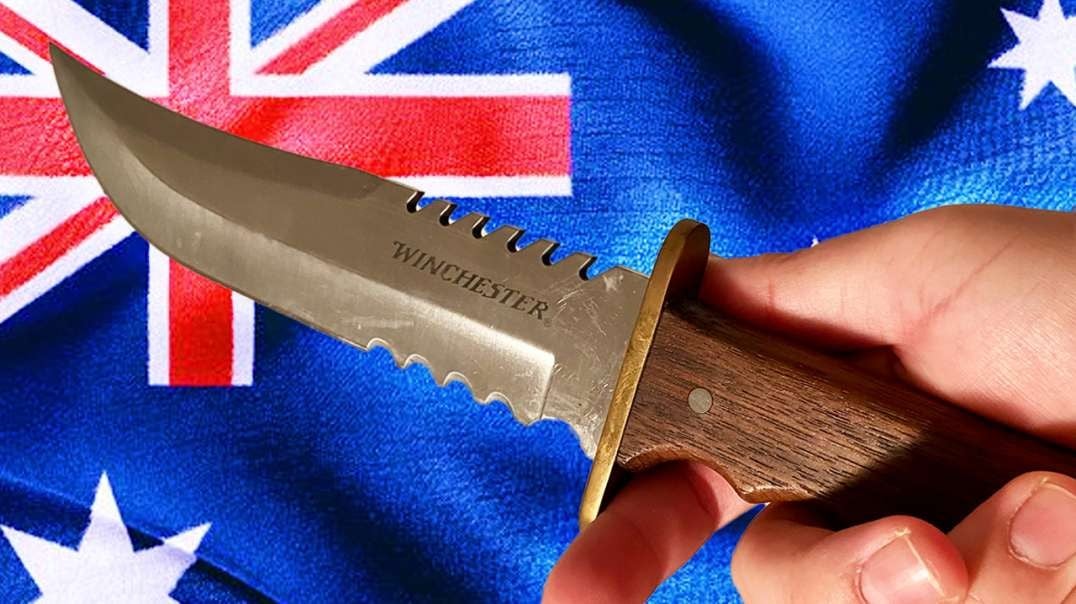V1 Wunderwaffe - Hitler's Super weapon (Nazi-armament)
Wunderwaffe (German pronunciation: [ˈvʊndɐˌvafə]) is German for "Wonder weapon" and was a term assigned during World War II by Nazi Germany's propaganda ministry to some revolutionary "superweapons". Most of these weapons however remained prototypes, which either never reached the combat theater, or if they did, were too late or in too insignificant numbers to have a military effect.[1]
The V-weapons, which were developed earlier and saw considerable deployment, especially against London and Antwerp, trace back to the same pool of highly inventive armament concepts. Therefore, they are also included here.
As the war situation worsened for Germany from 1942, claims about the development of revolutionary new weapons which could turn the tide became an increasingly prominent part of the propaganda directed at Germans by their government.[2] In reality, the advanced weapons under development generally required lengthy periods of design work and testing, and there was no realistic prospect of the German military being able to field them before the end of the war. When some advanced designs, such as the Panther tank and Type XXI submarine, were rushed into production their performance proved disappointing to the German military and leadership due to inadequate pre-production testing or poorly planned construction processes.[3] Historian Michael J. Neufeld has noted that "the net result of all these weapons, deployed or otherwise, was that the Reich wasted a lot of money and technical expertise (and killed a lot of forced and slave laborers) in developing and producing exotic devices that yielded little or no tactical and strategic advantage".[4] However, a few weapons proved to be successful and have had a large influence in post war designs.
In the German language the term Wunderwaffe generally refers to a universal solution which solves all problems related to a particular issue, mostly used ironically for its illusionary nature.
V-1 flying bomb
The V-1 flying bomb (German: Vergeltungswaffe 1 "Vengeance Weapon 1"[a])—also known to the Allies as the buzz bomb, or doodlebug,[3][b] and in Germany as Kirschkern (cherry stone)[c] or Maikäfer (maybug),[d] as well as by its official RLM aircraft designation of Fi 103[5]—was an early cruise missile and the only production aircraft to use a pulsejet for power.
The V-1 was the first of the so-called "Vengeance weapons" series (V-weapons or Vergeltungswaffen) deployed for the terror bombing of London. It was developed at Peenemünde Army Research Center in 1939 by the Nazi German Luftwaffe at the beginning of the Second World War, and during initial development was known by the codename "Cherry Stone". Because of its limited range, the thousands of V-1 missiles launched into England were fired from launch facilities along the French (Pas-de-Calais) and Dutch coasts. The Wehrmacht first launched the V-1s against London on 13 June 1944,[6] one week after (and prompted by) the successful Allied landings in France. At peak, more than one hundred V-1s a day were fired at south-east England, 9,521 in total, decreasing in number as sites were overrun until October 1944, when the last V-1 site in range of Britain was overrun by Allied forces. After this, the Germans directed V-1s at the port of Antwerp and at other targets in Belgium, launching a further 2,448 V-1s. The attacks stopped only a month before the war in Europe ended, when the last launch site in the Low Countries was overrun on 29 March 1945.
As part of operations against the V-1, the British operated an arrangement of air defences, including anti-aircraft guns, Barrage balloons, and fighter aircraft, to intercept the bombs before they reached their targets, while the launch sites and underground storage depots became targets for Allied attacks including strategic bombing.[7]
In 1944, a number of tests of this weapon were conducted in Tornio, Finland. According to multiple soldiers, a small "plane"-like bomb with wings fell off of a German plane. Another V-1 was launched which flew over the Finnish soldiers' lines. The second bomb suddenly stopped its engine and fell steeply down, exploding and leaving a crater around 20 to 30 metres wide. The V-1 flying bomb was referred by Finnish soldiers as a "Flying Torpedo" due to its resemblance to one from afar.
Source: Wikipedia




















